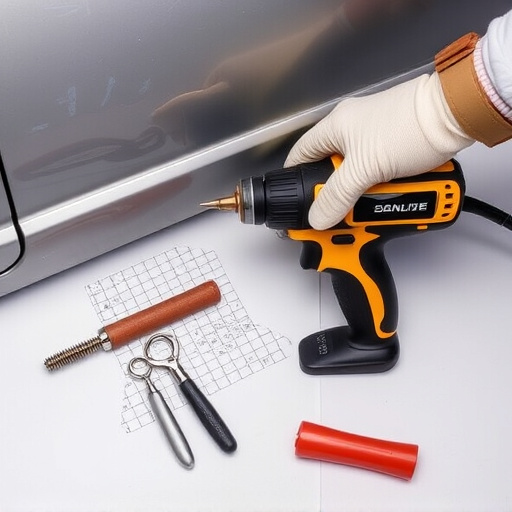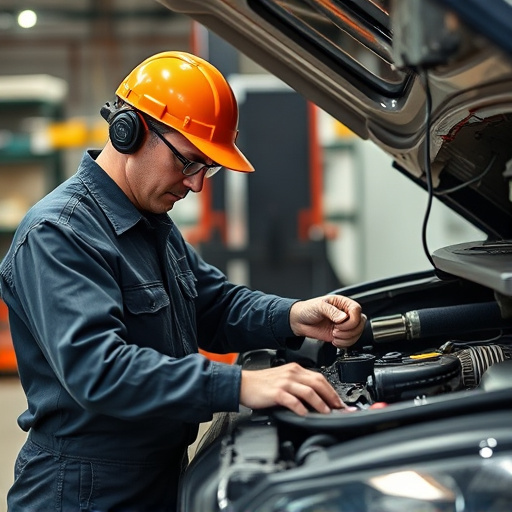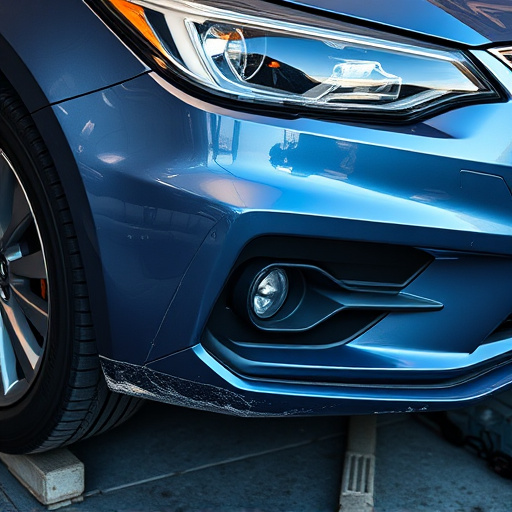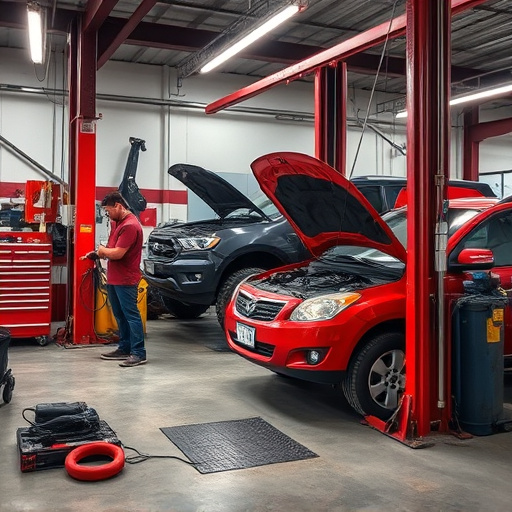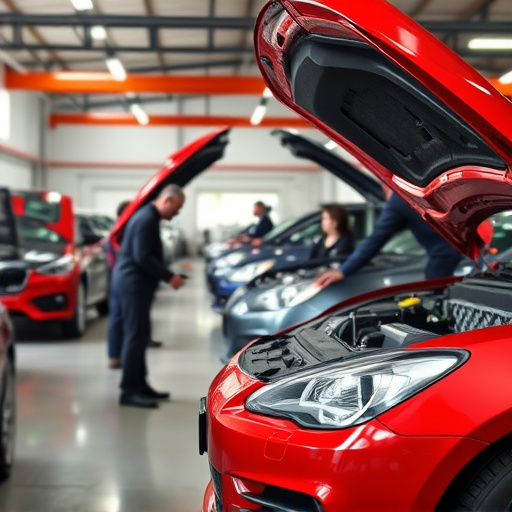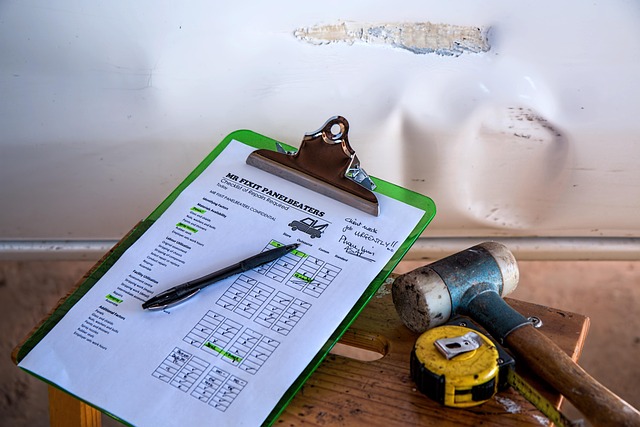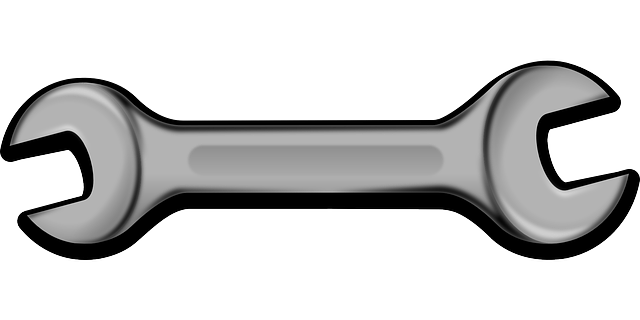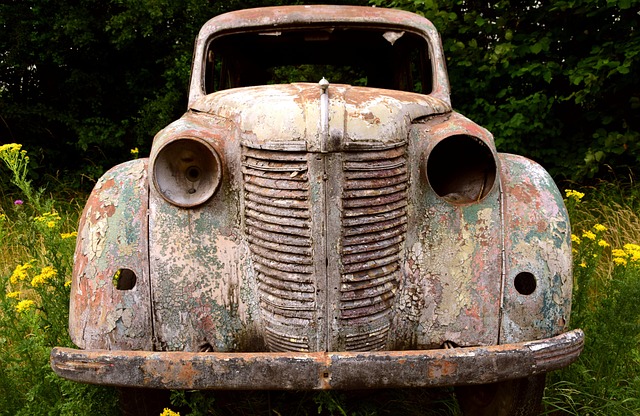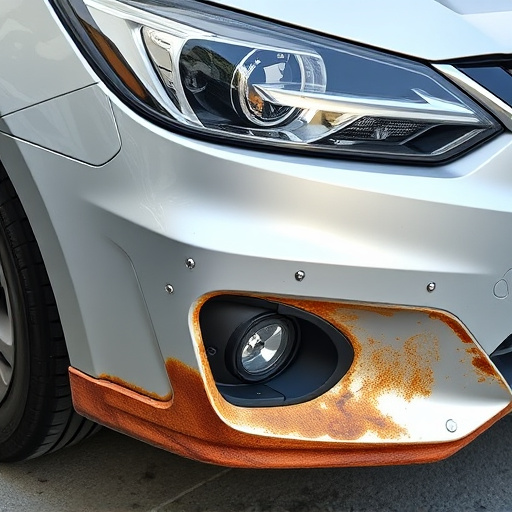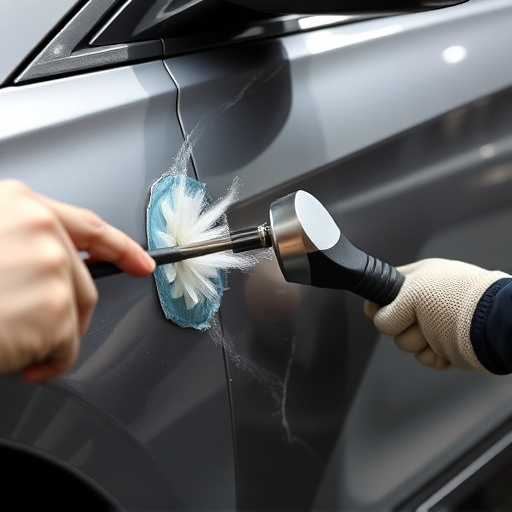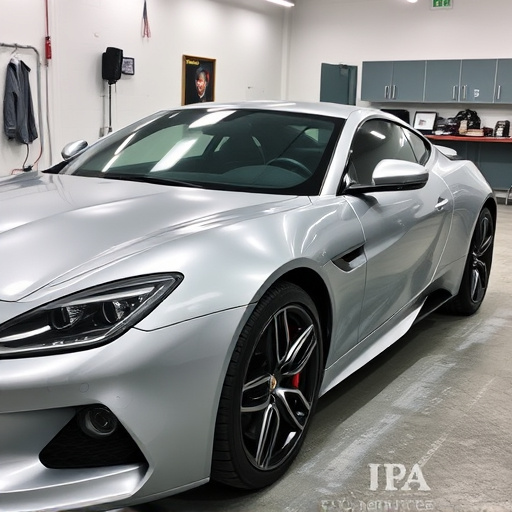Frame repair for insurance claims requires a meticulous process, adhering to strict industry standards and insurance guidelines. It starts with a thorough inspection using visual and diagnostic tools, followed by precise repair of damaged components according to manufacturer specs. The final quality inspection by certified professionals ensures structural integrity and aesthetic appeal, meeting both industry standards and insurer requirements. Choosing a reputable auto bodywork shop with skilled technicians, maintaining detailed records, and continuous communication with insurers are vital steps for successful frame repair on insurance claims.
“In the realm of insurance claims, particularly for vehicle accidents, frame repair is a critical process that requires meticulous attention. When it comes to settling insurance claims, the final quality inspection plays a pivotal role in determining the success of your frame repair. This article guides you through the intricacies of understanding insurance requirements for frame repair and provides essential tips to ensure your repair meets these high standards, ultimately facilitating a seamless claims process.”
- Understanding Insurance Requirements for Frame Repair
- The Process of Conducting a Final Quality Inspection
- Tips for Ensuring Your Frame Repair Meets Insurance Standards
Understanding Insurance Requirements for Frame Repair
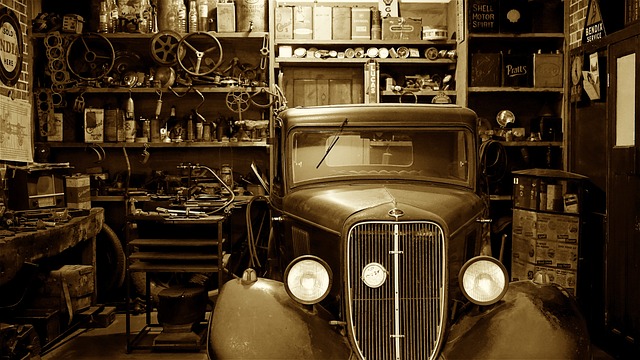
When it comes to insurance claims for vehicle repairs, especially focusing on frame repair for insurance, understanding the requirements is crucial. Each insurance company has its own set of guidelines and criteria that dictate what constitutes acceptable frame repair work. This process involves meticulous attention to detail as even minor discrepancies can impact the claim approval. The primary focus during frame repair is structural integrity; ensuring that every component is not just visually aligned but also mechanically sound.
Insurance companies typically require a thorough inspection, which includes both visual assessments and advanced diagnostic tools to check for any underlying issues. Proper documentation and evidence of adherence to safety standards are essential. Auto body work involves more than just straightening panels; it entails precise alignment, replacement of damaged parts, and reinforcement to meet the original manufacturer’s specifications. Car damage repair, particularly in cases of auto collision repair, demands a high level of precision to restore the vehicle to its pre-accident condition, ensuring both safety and aesthetic appeal.
The Process of Conducting a Final Quality Inspection

The final quality inspection is a critical step in the frame repair for insurance claims process. It involves a meticulous evaluation by certified professionals who assess every detail of the repair work, ensuring it meets industry standards and the specific requirements set by insurance providers. This inspection encompasses both structural integrity and aesthetic precision, as even minor discrepancies can impact the claim’s approval.
During this thorough examination, experts check for proper alignment, paint quality (including auto painting techniques used), and the overall restoration of the vehicle’s collision repair. Each component is scrutinized to guarantee that the frame repair accurately replicates the original structure, maintaining the safety and value of the vehicle. This meticulous process is designed to protect both the insurance provider and the policyholder, ensuring that only quality repairs are compensated.
Tips for Ensuring Your Frame Repair Meets Insurance Standards

When undergoing frame repair for insurance claims, it’s crucial to adhere to industry standards and guidelines to ensure your work meets insurance expectations during final quality inspections. The first step is to choose a reputable auto bodywork shop with experienced technicians who are knowledgeable about collision repair services. These professionals should be able to accurately assess the car damage repair needs and provide transparent estimates.
Next, maintain detailed records of the entire repair process. This includes documenting each step taken, parts used, and any adjustments made during the frame repair for insurance coverage. Regular communication with your insurance provider is also essential, keeping them updated on the progress and ensuring you understand their specific requirements for car damage repair.
When it comes to frame repair for insurance claims, passing the final quality inspection is non-negotiable. By understanding the insurance requirements and following a rigorous inspection process, professionals can ensure that every repair meets the highest standards. Through meticulous attention to detail and adherence to best practices, repairs can be completed effectively, facilitating swift insurance settlements and restoring vehicles to their pre-accident condition.
